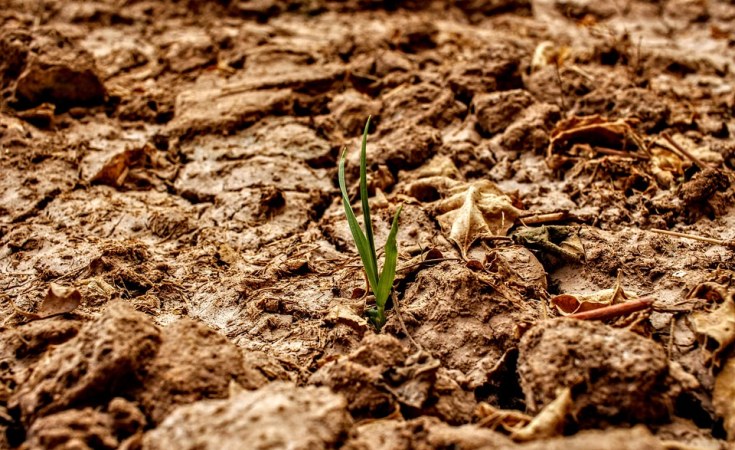Southern Africa's worst drought in years has destroyed crops of the staple food, maize, across the region. Malawi, South Africa, Zambia, Zimbabwe, Botswana, Lesotho and Namibia have all been affected by the drought. Crop failures in South Africa, Zambia and Zimbabwe - the largest maize producers in southern Africa - have destabilised food security in the whole region.
The situation is escalating: the Southern African Development Community (SADC) has now announced that 68 million people need urgent food aid.
The drought is driven by El Niño, an unusual warming of surface waters in the eastern tropical Pacific Ocean that shifts weather patterns. The latest El Niño phase started globally in 2023.
The Conversation Africa has published a number of articles explaining the current drought, its connection to climate change, and what governments can do to avert hunger. Here are five essential reads.
Governments failed to prepare for this year's El Niño drought
The World Meteorological Organization warned in May 2023 that the chance of El Niño developing later in the year was increasing. This meant governments in southern Africa knew in advance that a drought was coming which would decimate crops of staple foods. But they failed to take the necessary preparatory steps.
Tafadzwanashe Mabhaudhi argues that governments in the region need to set up early warning systems for everyone likely to be affected by El Niño, especially farmers whose crops are at risk. To achieve this, governments and the private sector must prioritise climate action in development plans, and get weather offices up and running.
Read more: El Niño disasters: governments know what's coming, but are unprepared - what must change
Smallholder farmers can't continue to survive on rain-fed maize
Malawi has been particularly hard hit by the drought, declaring a state of emergency in March 2024. By August 2024, Malawians in 23 of the country's 28 districts needed food aid to survive.
Maize makes up two-thirds of Malawi's national calorie intake. Nine out of 10 farming households produce maize and devote over 70% of their land to growing it. Over 90% of farming households rely solely on rain to irrigate their maize plants.
This is a recipe for disaster. Joachim De Weerdt, Channing Arndt, James Thurlow, Jan Duchoslav, Joseph Glauber, Liangzhi You and Weston Anderson explain why Malawi must invest in irrigation systems for farmers across the country, to reduce their dependency on rain.
Read more: El Niño: Malawi's harvest of its staple food maize may fall by 22.5% this year
The regional maize supply chain
Elsewhere, Wandile Sihlobo writes that, while restricting exports might seem like a good way for a country to keep some maize for its own citizens, it removes the incentive for production for the next year as farm-level prices are artificially depressed. Governments in southern Africa should therefore avoid export restrictions and maize price caps.
As lakes dry up, income sources dwindle
In April 2024, the government of Zimbabwe declared the El Niño drought a national disaster. Water levels dropped at Lake Kariba, which supports 100,000 people and generates most of Zimbabwe's and Zambia's electricity.
Joshua Matanzima, who grew up at Lake Kariba, explains that the drought laid waste to the local economy. Fishers could no longer catch enough to feed their families, tourist numbers decreased, residents had to walk further to fetch water, and poaching rose as people sought ways to earn money.
Solutions
Tafadzwanashe Mabhaudhi points out that the current agrifood system has not delivered for Africa. The continent cannot continue to rely on wheat, maize and rice as its staple foods. Historically, Africa had 30,000 edible plant species, and 7,000 were traditionally cultivated or foraged for food. Many of these are hardy, drought resistant, nutritious food sources like Bambara groundnut, cowpea, pigeon pea, millet, sorghum and African leafy vegetables such as amaranth and wild mustard. Southern African governments must do more to encourage the production of these crops.
Anna Weekes, Environment + Energy Editor, The Conversation Africa
Natasha Joseph, Commissioning Editor


